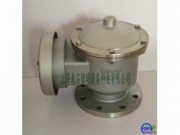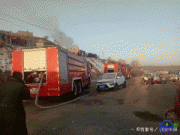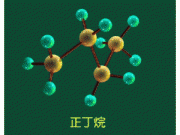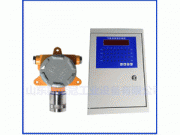Cryogenics and LNG
免职声明:本网站为公益性网站,部分信息来自网络,如果涉及贵网站的知识产权,请及时反馈,我们承诺第一时间删除!
This website is a public welfare website, part of the information from the Internet, if it involves the intellectual property rights of your website, please timely feedback, we promise to delete the first time.
电话Tel: 19550540085: QQ号: 929496072 or 邮箱Email: Lng@vip.qq.com
摘要:Cryogenics is the production and application of low-temperature phenomena. The cryogenic temperature range is between -150oC and absolute zero -273oC, the temperature at which molecular motion comes as close as theoretically possible to ceasing co..
关键词:Cryogenics
|
Cryogenics is the production and application of low-temperature phenomena. The cryogenic temperature range is between -150oC and absolute zero -273oC, the temperature at which molecular motion comes as close as theoretically possible to ceasing completely. Cryogenic temperatures are usually described in the absolute or Kelvin scale in which absolute zero of 273oC is written as 0K. Adding 273 to the Celsius scale can simply do the conversion from Celsius to Kelvin. For example, the top end of the cryogenic scale is 123K and 0oC is 273K. At these extreme conditions, such properties of materials as strength, thermal conductivity, ductility, and electrical resistance are altered in both theoretically and commercially important ways. Cryogenics began in 1877 when oxygen was first cooled to the point at which it became a liquid (-183oC or 90K). Since then, the theoretical development of cryogenics has been connected to the growth in capability of refrigeration systems. In 1895, when it had become possible to reach temperatures as low as 40K, air was liquefied and separated into its major components and in 1908, helium was liquefied at 4.2K). Three years later, the phenomenon known as superconductivity - the propensity of many supercooled metals to lose all resistance to electricity, was discovered. By the 1920s and 1930s temperatures close to absolute zero were reached, and by 1960 laboratories could produce temperatures of 0.000001K. The most important commercial application of cryogenic gas liquefaction techniques is the storage and transportation of liquefied natural gas (LNG), a mixture largely composed of methane, ethane, and other combustible gases. Natural gas is liquefied at110K, causing it to contract to 1/600th of its volume at room temperature and making it sufficiently compact for transport in specially insulated tankers. |

















